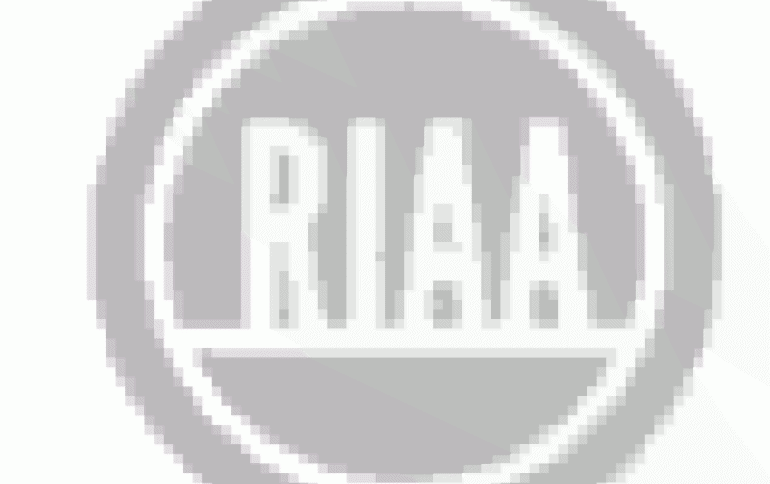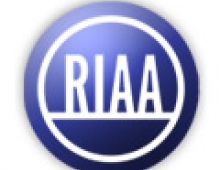
Viral video sharing is new headache for music biz
As the recording industry tries to block file trading of songs across peer-to-peer networks, blogs and other viral distribution channels, the major labels suddenly have a whole new piracy concern: music videos
The rise of user-generated content sites like YouTube, MySpace, Google Video and iFilm has sparked a revolution in the viral sharing of music videos across these Web communities. The problem is, much of the distribution taking place -- outside a select number of promotional deals -- is happening without the approval of record companies.
In recent weeks the Recording Industry Association of America has been stepping up its efforts to stop sharing of popular videos on such sites, particularly on the rapidly expanding YouTube. The site, which now claims more than 6 million visitors and 40 million streams daily, has become a haven for unlicensed music videos, which users are capturing with TiVo and other digital video recorders and then posting the files to the Web. Much of the material is coming from recorded MTV broadcasts.
The RIAA recently issued cease-and-desist letters to YouTube users sharing videos from the likes of Nelly Furtado, Beyonce and Rihanna.
In the wake of the takedowns, users following links to the video are greeted by this notice: "This video has been removed at the request of copyright owner the RIAA because its content was used without permission."
Reps for the RIAA and YouTube declined to comment.
However, one source close to the situation says that the recording industry is lobbying YouTube and other viral video sites to implement content-filtering technologies to identify and block unauthorized distribution of copyrighted works.
POLICING THE SITES
Among YouTube's competitors, early attempts at filtering solutions are bearing out in various ways. A search on Google Video for clips from commerce partner Sony BMG yields only video-for-sale offers, while searches for videos from other labels' artists produce unauthorized video postings. MTV's viral video unit iFilm allows only music videos that it can monetize through promotional deals or ads. Meanwhile, MySpace -- which has promotional and ad-supported music videos with the labels for a designated music video area of the site -- also is seeing unauthorized videos pop up in its viral video area.
The major labels are taking the position that these sites are responsible for policing their own communities. But in the meantime, they have been targeting individuals who use these sites to share popular music videos, alerting them that they are distributing unauthorized works.
Those efforts have produced decidedly mixed results thus far. Many of the videos that labels have requested be removed have quickly resurfaced on the site in a matter of days -- a fact that industry sources suggest supports the need for more stringent filtering by all viral video specialists.
Viral video sharing would not have been an issue just 18 months ago, when the labels still viewed music videos as a promotional tool for selling albums. But today videos are a rapidly growing money-maker for the music business. The RIAA estimates that sales of music videos topped $3.7 million in three months, after being introduced in October. Meanwhile, the major labels also are sharing in the profits of ad-supported video-on-demand offerings from AOL, Yahoo, Music Choice and others.
That is revenue the music industry is keenly interested in protecting. Hopes are that YouTube and others will ink similar deals with the industry in the long run.
One industry insider familiar with the situation says, "The recording industry has an important antipiracy goal in music video to ensure that business moves forward."
In recent weeks the Recording Industry Association of America has been stepping up its efforts to stop sharing of popular videos on such sites, particularly on the rapidly expanding YouTube. The site, which now claims more than 6 million visitors and 40 million streams daily, has become a haven for unlicensed music videos, which users are capturing with TiVo and other digital video recorders and then posting the files to the Web. Much of the material is coming from recorded MTV broadcasts.
The RIAA recently issued cease-and-desist letters to YouTube users sharing videos from the likes of Nelly Furtado, Beyonce and Rihanna.
In the wake of the takedowns, users following links to the video are greeted by this notice: "This video has been removed at the request of copyright owner the RIAA because its content was used without permission."
Reps for the RIAA and YouTube declined to comment.
However, one source close to the situation says that the recording industry is lobbying YouTube and other viral video sites to implement content-filtering technologies to identify and block unauthorized distribution of copyrighted works.
POLICING THE SITES
Among YouTube's competitors, early attempts at filtering solutions are bearing out in various ways. A search on Google Video for clips from commerce partner Sony BMG yields only video-for-sale offers, while searches for videos from other labels' artists produce unauthorized video postings. MTV's viral video unit iFilm allows only music videos that it can monetize through promotional deals or ads. Meanwhile, MySpace -- which has promotional and ad-supported music videos with the labels for a designated music video area of the site -- also is seeing unauthorized videos pop up in its viral video area.
The major labels are taking the position that these sites are responsible for policing their own communities. But in the meantime, they have been targeting individuals who use these sites to share popular music videos, alerting them that they are distributing unauthorized works.
Those efforts have produced decidedly mixed results thus far. Many of the videos that labels have requested be removed have quickly resurfaced on the site in a matter of days -- a fact that industry sources suggest supports the need for more stringent filtering by all viral video specialists.
Viral video sharing would not have been an issue just 18 months ago, when the labels still viewed music videos as a promotional tool for selling albums. But today videos are a rapidly growing money-maker for the music business. The RIAA estimates that sales of music videos topped $3.7 million in three months, after being introduced in October. Meanwhile, the major labels also are sharing in the profits of ad-supported video-on-demand offerings from AOL, Yahoo, Music Choice and others.
That is revenue the music industry is keenly interested in protecting. Hopes are that YouTube and others will ink similar deals with the industry in the long run.
One industry insider familiar with the situation says, "The recording industry has an important antipiracy goal in music video to ensure that business moves forward."




















